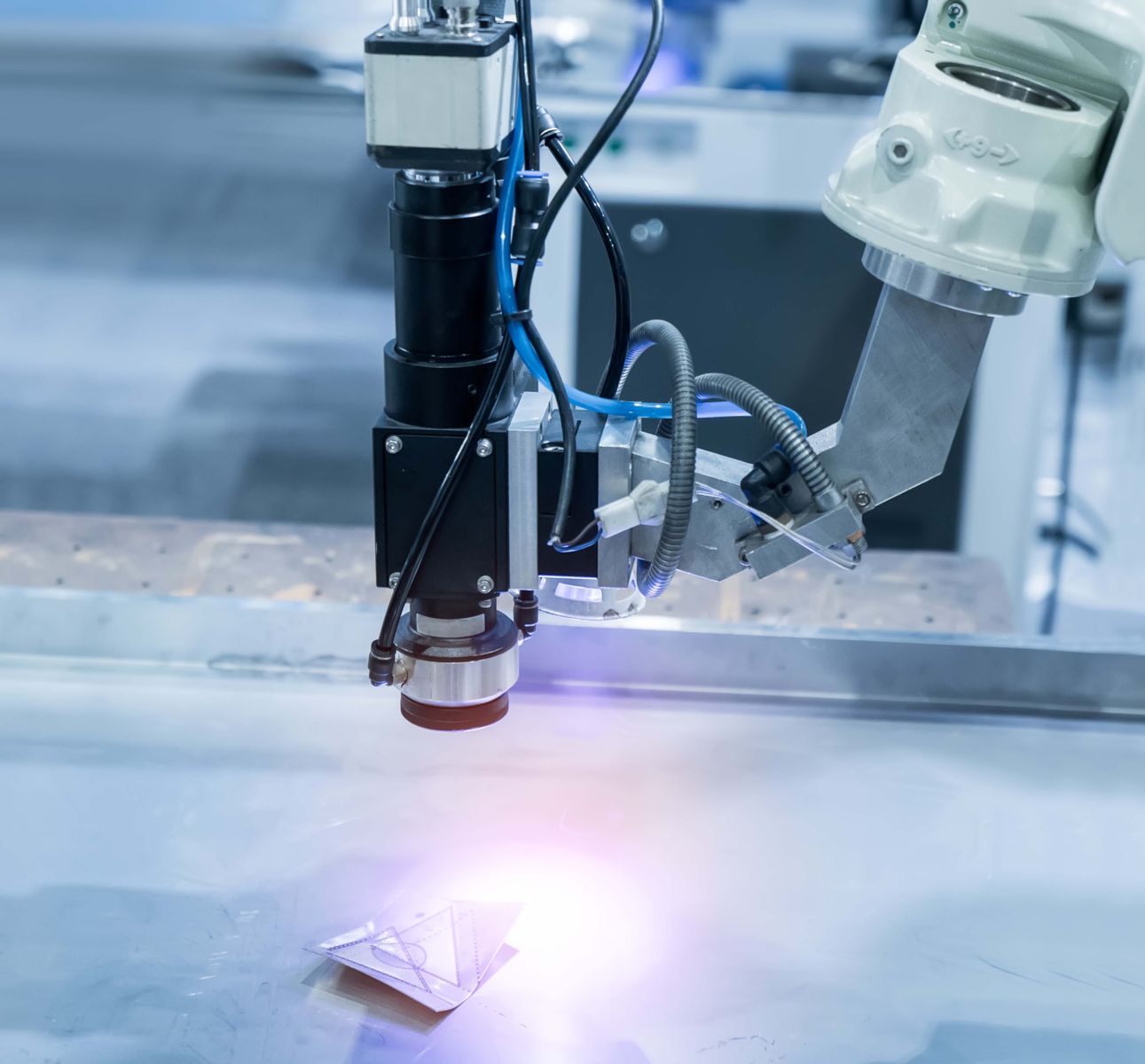 The Camera Link interface has been around in one form or another since 2000. It was originally developed by the Automated Imaging Association (AIA) to be a faster, more responsive and more reliable interface than other existing interfaces at the time. Almost immediately, the interface was popular among machine vision users and still exists today for the many benefits it brings to certain applications.
The Camera Link interface has been around in one form or another since 2000. It was originally developed by the Automated Imaging Association (AIA) to be a faster, more responsive and more reliable interface than other existing interfaces at the time. Almost immediately, the interface was popular among machine vision users and still exists today for the many benefits it brings to certain applications.
Since its inception, however, there several other powerful machine vision interfaces have been developed and the nature of machine vision has changed drastically. Today, Camera Link cameras may work great in certain applications but not others. Understanding if a Camera Link camera is right for you requires an understanding of the interface itself.
The Strengths of Camera Link Cameras for Machine Vision
The primary benefit of Camera Link cameras is their ability to transmit large amounts of data at high speeds. This is particularly beneficial in applications that require high resolution or high frame rates, where an enormous amount of image data is captured and must be quickly and accurately transferred.
Camera Link cameras are also highly deterministic, meaning they lose data in a predictable way. All interfaces lose some image data, but Camera Link minimizes this data loss. Plus, Camera Link cameras only need a simple cable, promoting simpler vision design and lower costs.
The recent introduction of the Camera Link HS interface further extends many of these benefits, offering even higher bandwidths.
Popular Uses of Camera Link Cameras
Camera Link cameras have many strong points, but they aren’t perfect. Cables can be more expensive than other interfaces, and Camera Link cameras require a frame grabber, which can further inflate costs.
The many strengths of Camera Link cameras, combined with a few drawbacks, make it an ideal interface in a certain spectrum of applications. Mainly, those that need high data integrity and high-speed data transfer will benefit from Camera Link cameras. Applications may include:
- Automated industrial inspection
- Quality control operations that require automated “stop triggers” in real time
- Medical imaging
- Stimulus-response observation and recording
- Movement-sensitive applications
Camera Link cameras can be used in a number of settings in the industrial sector, but the types of applications listed above are among the most popular.
While there are many different types of interfaces out there, Camera Link, now in version 2.0, is still a great interface in certain situations. There’s value in using a Camera Link camera, but only if it’s right for your application.
To learn more, browse Camera Link machine vision cameras from the world’s top suppliers at Phase 1 Technology.
